The Yulin Caves are a significant historical and cultural site located in Guazhou County, Gansu Province, China. They are a group of 42 caves carved into the cliffside of the Qilian Mountains, showcasing a rich collection of Buddhist artwork spanning more than a thousand years. The caves are renowned for their intricate frescoes and statues that reflect the diverse cultural influences that passed along the ancient Silk Road. They are an extension of the Mogao Caves and form an essential part of the Dunhuang region’s historical tapestry.
Get your dose of History via Email
Historical Background of Yulin Caves
The Yulin Caves were first discovered in the early 20th century by a Taoist monk named Tao Zang. They were created by various dynasties over several centuries, beginning with the Tang Dynasty. The caves served as a Buddhist meditation and worship site for centuries. Various dynasties, including the Tang, Song, Yuan, Ming, and Qing, contributed to their expansion and decoration. The caves were not only a religious center but also a cultural crossroads, where travelers and monks from different regions left their mark.
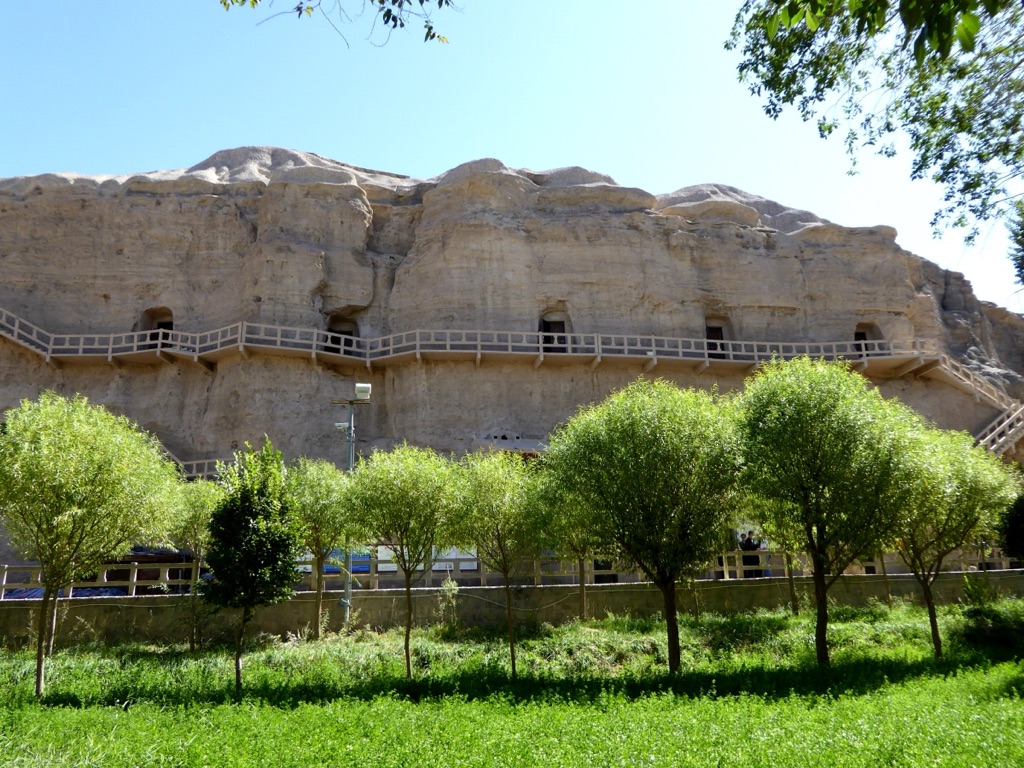
Local legend suggests that the caves were named after the elms (‘yu’ in Chinese) that once surrounded them. Over time, the site became a repository of cultural and artistic exchange. The caves have seen periods of both prosperity and neglect. They were rediscovered and gained attention in the 20th century, leading to increased efforts to preserve them. The Yulin Caves have since become a valuable source of information for historians and archaeologists.
The construction of the Yulin Caves was a monumental task, involving the excavation of sandstone cliffs to create the cave structures. The caves were often sponsored by wealthy patrons, including local officials and merchants. These patrons commissioned artists to create the murals and sculptures that adorn the caves. The artwork reflects a blend of Chinese, Tibetan, and Indian influences, showcasing the Silk Road’s role as a conduit for cultural exchange.
Throughout history, the Yulin Caves have been inhabited by monks and used for religious ceremonies. The caves have also been the scene of significant historical events. For instance, during the Tang Dynasty, they were part of the larger monastic community associated with the Mogao Caves. The Yulin Caves have witnessed the ebb and flow of Buddhism in the region, reflecting broader historical trends in Chinese society.
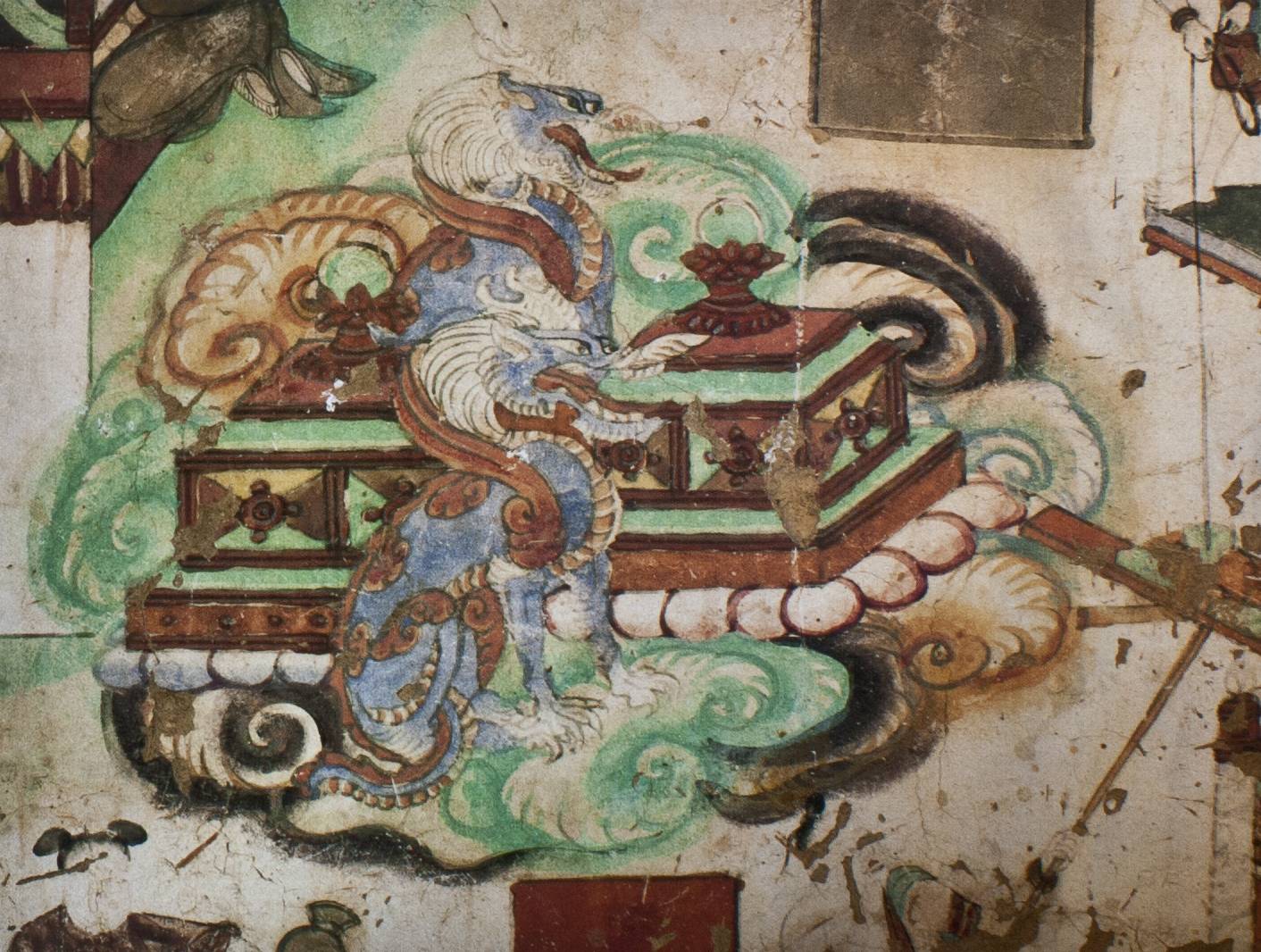
Despite their historical significance, the Yulin Caves have faced threats from natural erosion and human damage. Conservation efforts have been underway to preserve the site for future generations. The caves are now recognized as part of the “Dunhuang Cultural Relics” and are under state protection. They continue to attract scholars and tourists alike, drawn by their historical importance and artistic beauty.
About Yulin Caves
The Yulin Caves are a series of 42 grottoes that feature a stunning array of Buddhist art. The caves vary in size and complexity, with some containing large central pillars and others being small and intimate. The artwork within the caves includes wall paintings, sculptures, and inscriptions. The frescoes depict various Buddhist themes, such as the life of the Buddha, jataka tales, and heavenly scenes.
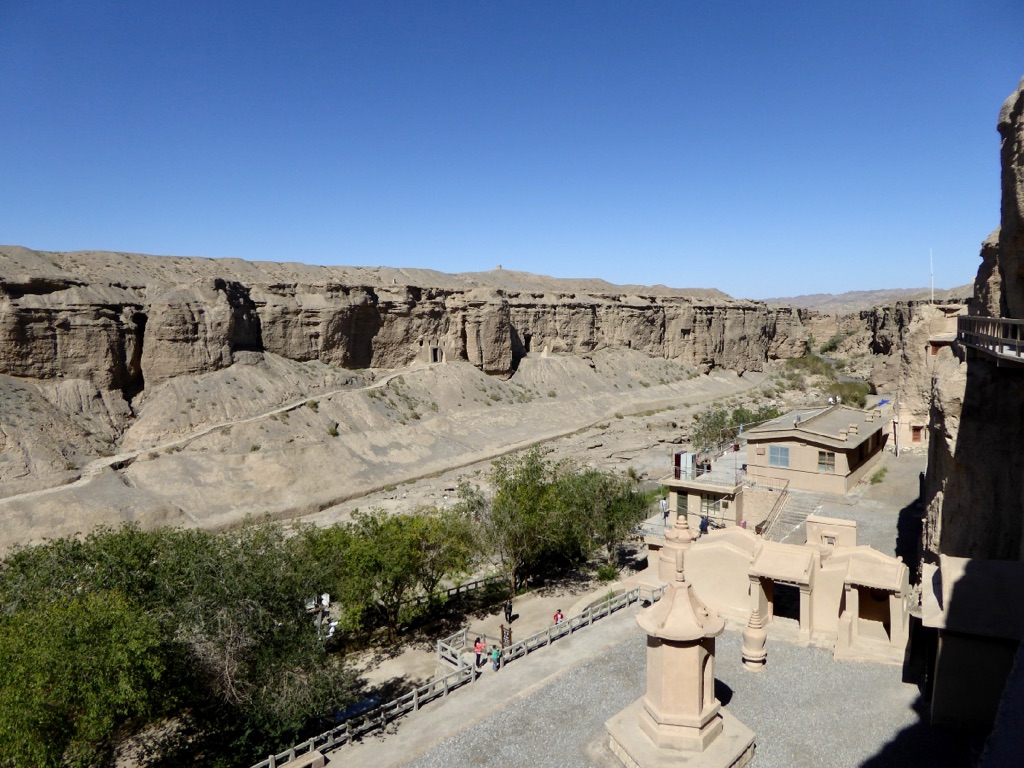
The construction techniques of the Yulin Caves involved carving into the soft sandstone cliffs. The builders used simple tools to hollow out the caves and create the intricate designs. The interior walls were then smoothed and prepared for painting. The artists applied natural pigments to create the vivid colors that still captivate visitors today.
Architectural highlights of the Yulin Caves include the use of arches, vaulted ceilings, and intricate column designs. Some caves feature elaborate façades with detailed carvings that reflect the architectural styles of their respective periods. The preservation of wooden eaves and beams in some caves provides valuable insights into ancient construction methods.
The building materials for the Yulin Caves were primarily sourced locally. The sandstone provided a relatively soft medium for carving, while other materials, such as wood and metal, were used for structural support and decorative elements. The choice of materials reflects the resourcefulness of the builders and the importance of the site.
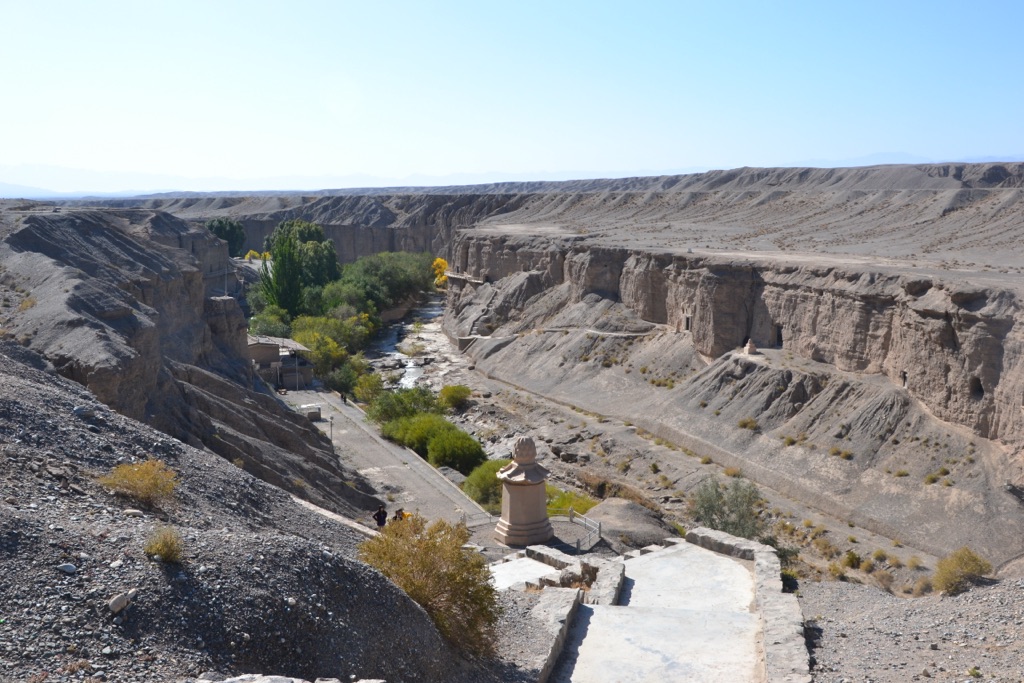
The Yulin Caves are a testament to the skill and artistry of ancient craftsmen. The combination of architecture, sculpture, and painting creates a holistic artistic experience. The caves serve as a window into the past, offering a glimpse of the religious devotion and cultural richness of the Silk Road civilizations.
Theories and Interpretations
The mysteries of the Yulin Caves include the exact reasons for the choice of location and the meaning behind some of the more enigmatic murals. The caves’ remote setting may have been chosen for its tranquility, conducive to spiritual pursuits. Some murals depict scenes that do not have direct parallels in known Buddhist texts, leading to speculation about their significance.
Interpretations of the artwork have had to be matched to historical records and Buddhist scriptures. The iconography and motifs found in the caves reflect a syncretism of religious and cultural traditions. This blending of influences has made the Yulin Caves a focal point for studying cultural diffusion along the Silk Road.
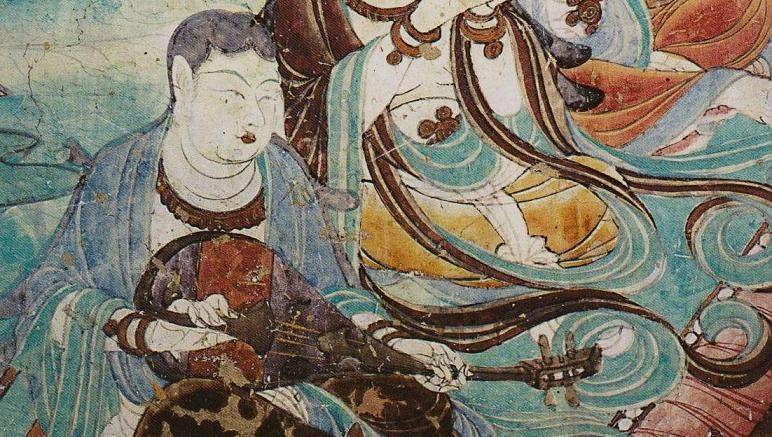
Dating the caves and their artwork has been a complex task. Researchers have used stylistic analysis, inscriptions, and historical records to estimate the age of the caves. In some cases, radiocarbon dating and other scientific methods have been employed to determine the chronology of the site’s development.
The Yulin Caves continue to be a subject of academic interest. Ongoing research aims to uncover more about the lives of the people who created and used the caves. The site remains a valuable resource for understanding the evolution of Buddhist art and the cultural history of China.
At a glance
Country: China
Civilization: Created by various dynasties including the Tang, Song, Yuan, Ming, and Qing Dynasties
Age: Originating in the 5th century AD
Conclusion and Sources
Reputable sources used in the creation of this article:
- Wikipedia – https://en.wikipedia.org/wiki/Yulin_Caves
